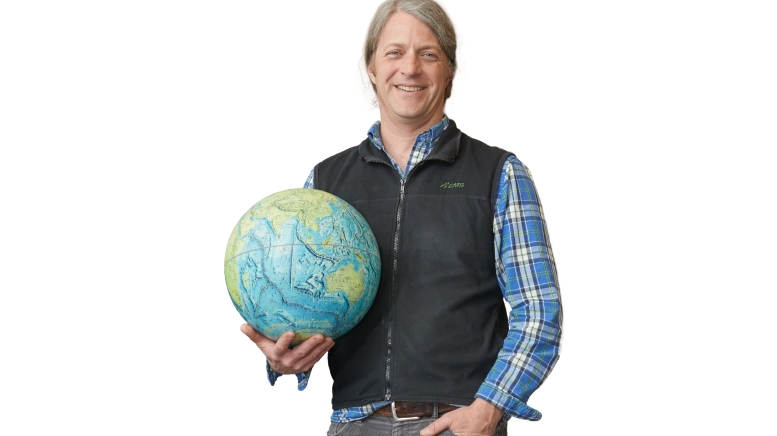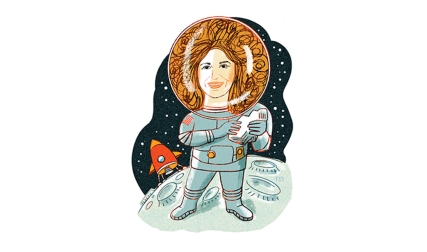What are some of the most popular or unusual items in the Evans Map Room collection?
We have a map of Europe that includes an English translation of every place name, which is my personal favorite. People are very drawn to our historical maps from the 16th and 17th centuries because they have a certain artistic flair. They’re not as accurate cartographically or geographically as they are beautiful to look at.
How do students and faculty use the map room?
Most of the undergrads who come in are from outside of the earth sciences and geography departments. There’s a military strategy class that uses our materials to visualize battles. Students in writing courses come in to look at maps when they’re writing about place. Lucinda Hall, our maps librarian, has worked with professors on several projects and books, including Jim Wright’s recent book about the Vietnam War.
What other types of visitors use the space?
We see a cast of characters: Locals come in to look at maps for community projects. A few Appalachian Trail through-hikers who have heard about us want to look at topographic sheets.
Does anything unusual ever happen in the map room?
Once in a while we’ll see students playing a sort of scavenger-hunt game. They’ll come in and start sleuthing around looking for a place to hide a clue or find one. Nothing too far out of the ordinary, though.
What is the future of maps and cartography in the digital age?
When I started in the map room in 2000, there weren’t nearly as many online resources. Even now, we’ve scanned only a fraction of our collection. Certainly people will continue to map the world. GIS [geographic information system] is the way to do it now. It’s possible some of our collections will wind up in storage. If Dartmouth were to discard some of the more rare and unique items we have, I’d be first in line to grab a few.
Photo by John Sherman




